-
I Am Waiting by Christopher Isherwood Analysis
What might the ‘inverse of a superhero story’ look like? What if superpowers are given to ordinary men who do nothing with them? You may know Christopher Isherwood’s name from the film A Single Man or Christopher and His Kind. I Am Waiting is one of two short stories Isherwood had published in The New […]
-
Better Alternatives To Harry Potter aka Why The Hell Is JK Rowling’s Mashup So Popular?
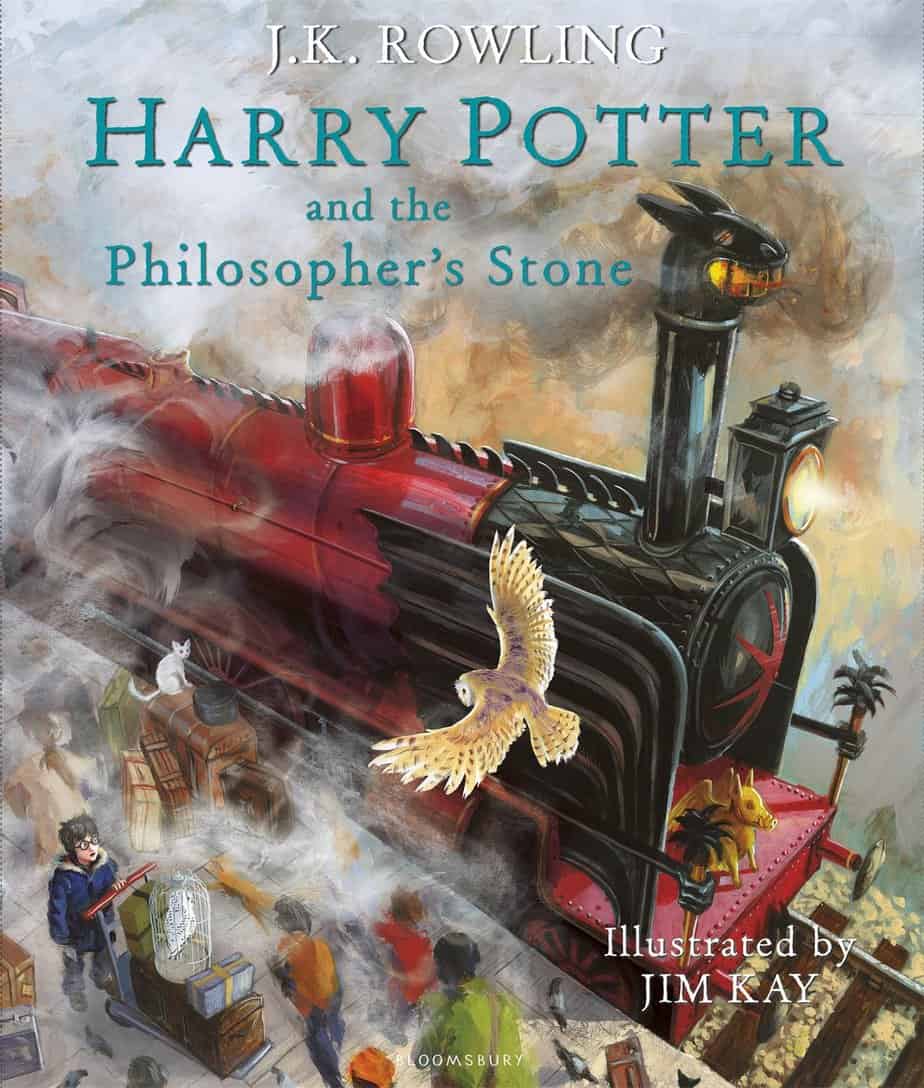
No one really knows why Harry Potter became so popular. In fact, many academics find Harry Potter relatively poorly executed, first from a storytelling perspective. Talking about another, better book, Diane Purkiss says the following: There’s no info dump; there’s no narrator; there’s no Dumbledore figure who in the last chapter plods in and says […]
-
Possum Magic by Mem Fox and Julie Vivas
Possum Magic is a classic Australian picture book by Mem Fox. https://www.youtube.com/watch?v=BboBeS-vhjg WHAT HAPPENS IN THE STORY OF POSSUM MAGIC Grandma Poss uses bush magic to make a child possum (Hush) invisible so that Hush won’t be eaten by snakes. (I’m going to put aside the fact that snakes seem to ‘see’ via vibrations, so […]
-
Thieves and Rascals by Mavis Gallant Analysis
“Thieves and Rascals” (1956) by Mavis Gallant is a masterclass in keeping part of the main interest out of the frame. One of the central characters is portrayed as an interesting character and I would like to ‘meet’ her on the page. Instead, as the story ends, I realise we’re not going to meet her at […]
-
Tough Boris by Mem Fox and Kathryn Brown Analysis
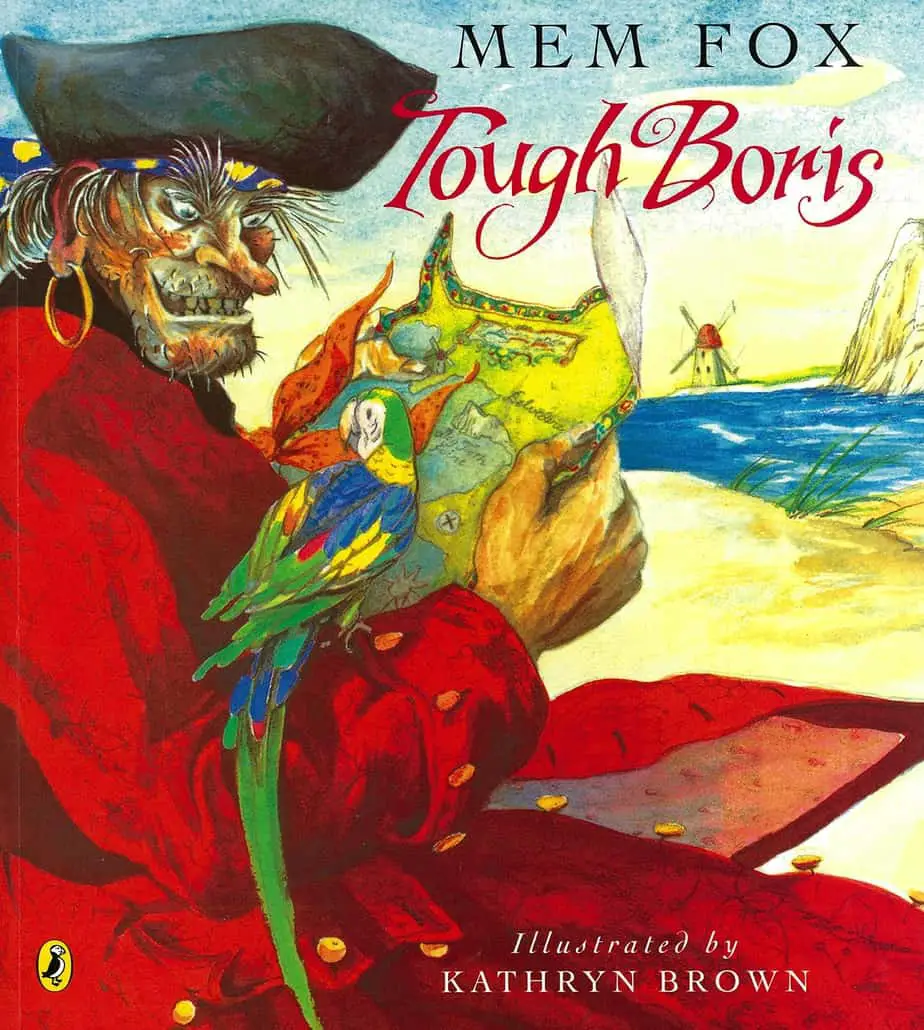
Tough Boris is an Australian-American pirate picture book published in 1994. As fodder for stories, ocean piracy has never been out of fashion. Especially in stories with an implied readership of boys, the pirates of modern picture books are often comical rather than scary; jovial rather than evil. Pirate stories bear little to no resemblance […]
-
Rosie’s Walk by Pat Hutchins Analysis
Rosie’s Walk is an influential picture book by Pat Hutchins, first published in 1986. This book is notable for its large ironic gap between pictures and text: The text is a pedestrian story in which nothing remarkable happens. The pictures show several near death experiences. Separately, Rosie’s Walk is designed to teach young readers dimensional […]
-
Fun With A Stranger by Richard Yates Analysis
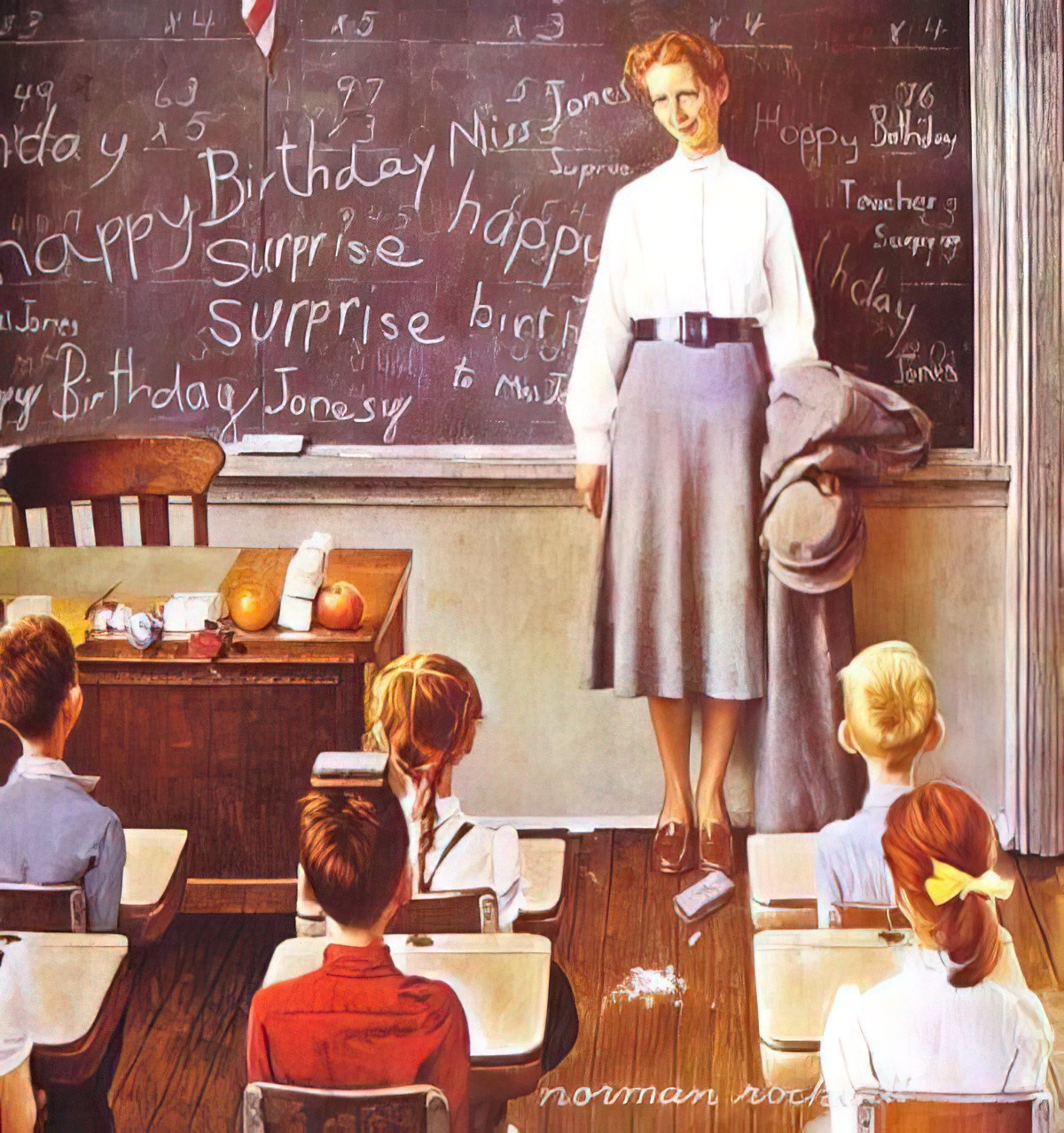
Some short stories exist mainly as character studies. Fun With A Stranger (1962) by American author Richard Yates is one example. The story paints a portrait of a particular kind of old-fashioned school teacher. The reader feels empathy for everyone involved, from the young pupils to the teacher herself.
-
Millie by John Marsden and Sally Rippin Analysis
Young readers love to hear about naughty children. If this were a story by Roald Dahl or Edward Gorey, the naughty Millie would definitely have met a nasty end, but this particular naughty child remains the apple of her parents’ eyes. Since all children have bad thoughts sometimes, this story is a comfort-read, and would […]
-
Autumn Day by Mavis Gallant Analysis
“Autumn Day”, a short story by Mavis Gallant, is interesting for feminist reasons. Think of Betty Friedan’s The Feminine Mystique; think of Mad Men’s Betty Draper and compare the idle, childlike helplessness of Cissy, the first person narrator in “Autumn Day”. This is a post WW2 picture of American housewives. The men had just saved everyone’s […]
-
Monsters and Creatures In Children’s Literature
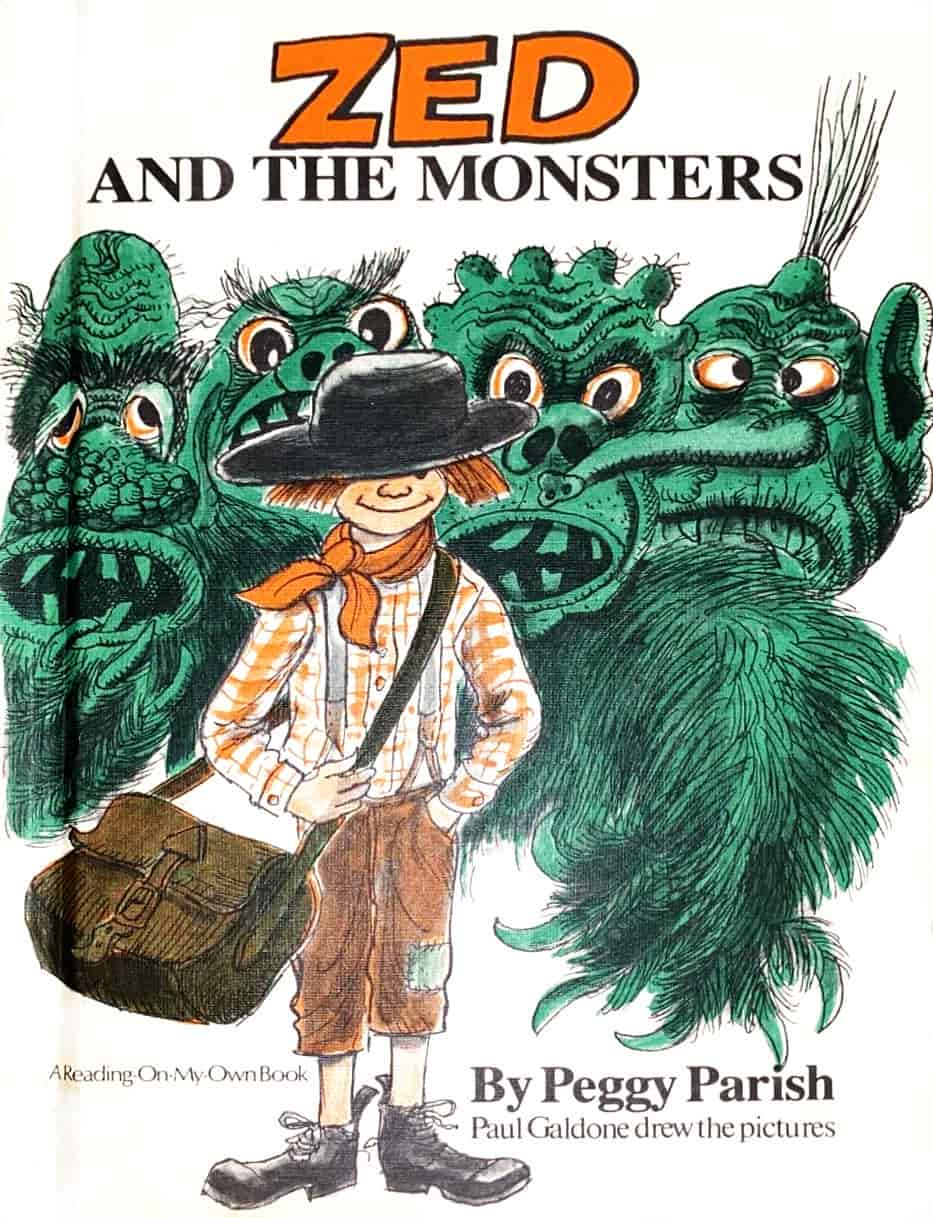
Natalie Tran is one of Australia’s best comedians and I enjoy her increasingly sporadic uploads to Community Channel on YouTube. Recently Natalie has been babysitting, and wonders what to do when the kid tells her there’s a monster in their bedroom. a. Do you go along with it? b. Do you tell them it’s just […]
-
Things That Appear In Picture Books More Than In Real Life
Objects like tops and toy trains appear again and again in children’s books despite their absence from the lives of most contemporary children. Words About Pictures, Perry Nodelman To that list I’ll add:
-
Just Me And My Puppy by Mercer Mayer Analysis
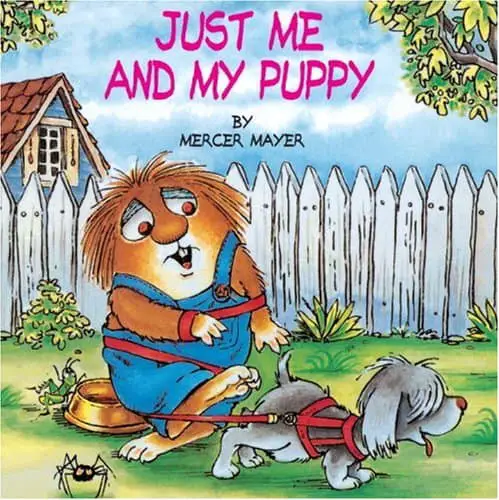
Just Me And My Puppy by American author-illustrator Mercer Mayer is worth a close look because, like many others in this long-running series, it is a wonderful example of ‘counterpoint irony’ in picture books. Though the title may annoy purists, the grammar of the title foreshadows a story told from the point of view of […]
-
Them Old Cowboy Songs by Annie Proulx Short Story Analysis
“Them Old Cowboy Songs” is a short story by Annie Proulx, included in Proulx’s 2008 collection Fine Just The Way It Is. Stories in the collection: Family ManI’ve Always Loved This PlaceThem Old Cowboy SongsThe Sagebrush KidThe Great DivideDeep-Blood-Greasy BowlSwamp MischiefTestimony of the DonkeyTits-Up In A Ditch In the short story “Them Old Cowboy Songs” […]
-
The Size and Format of Picturebooks
How does the binding of a book affect reader expectations? What about the size? The actual individual appearance of of individual books is just as obvious an example of how prior expectations control our responses to stories; it influences our attitude to the stories the books contain before we even begin to read them. We […]